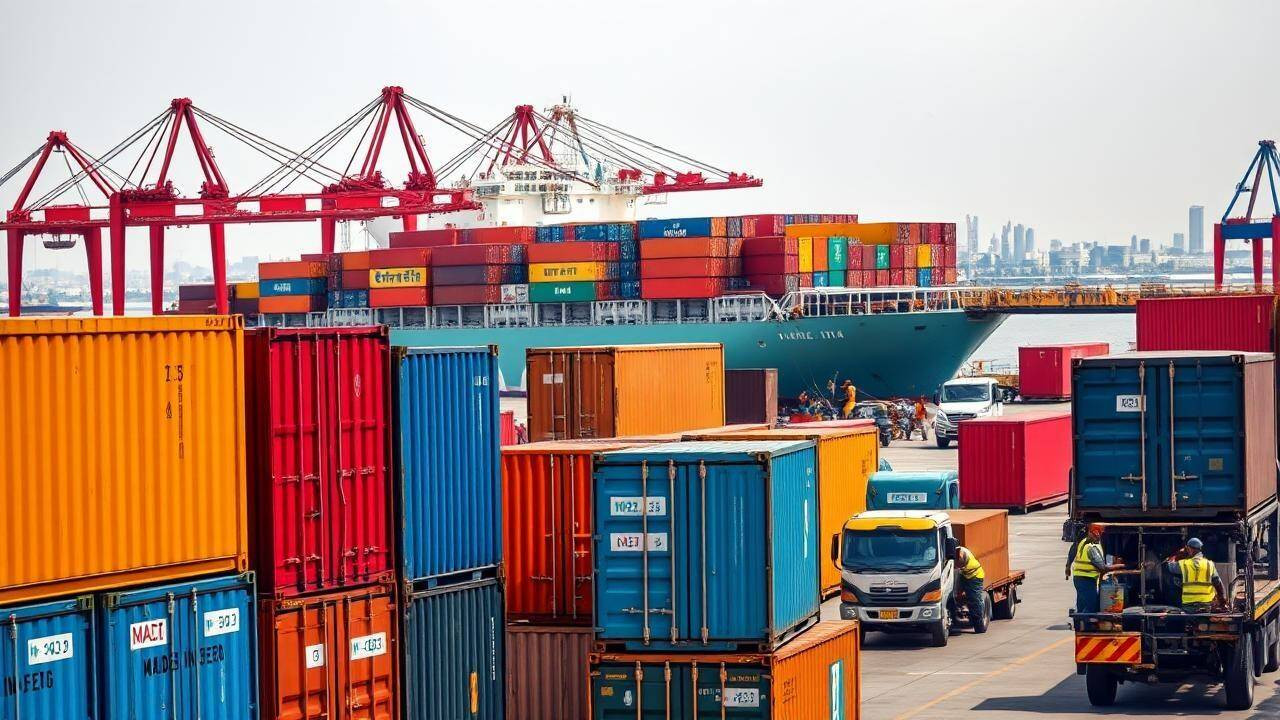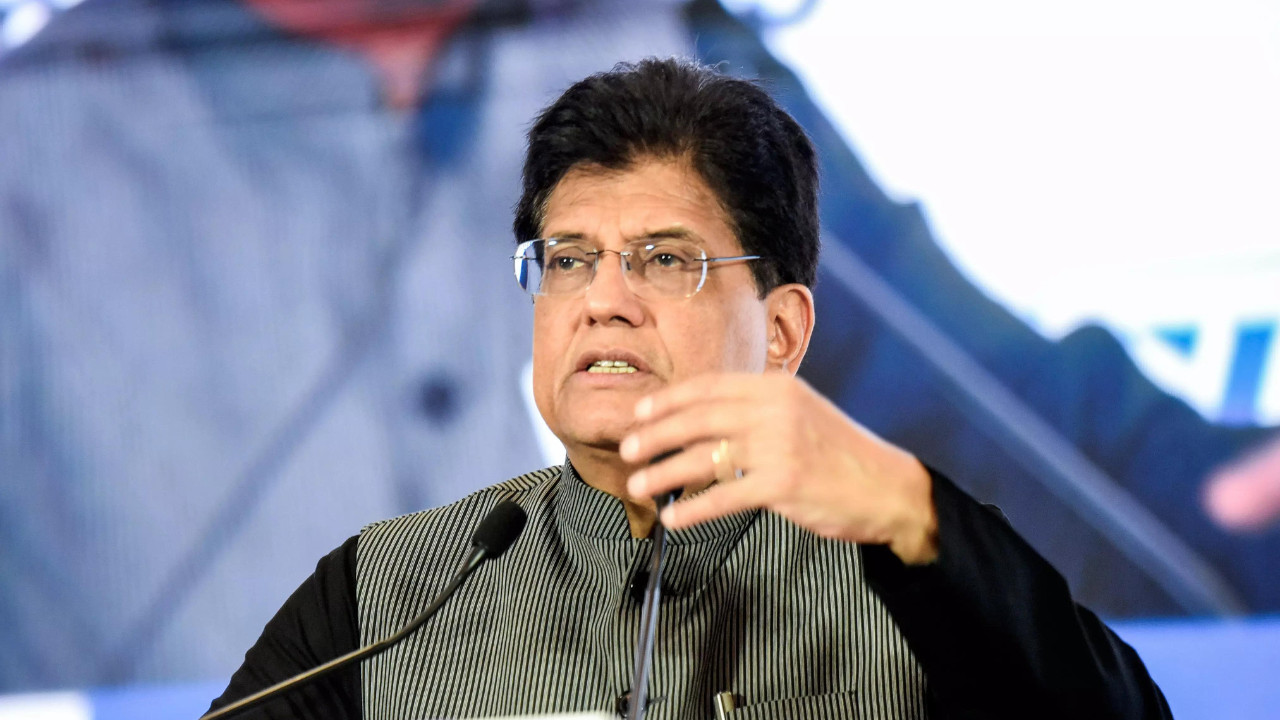India’s export strategy needs a long-term focus on technology, cost efficiency, and domestic production amidst a global economic slowdown. Experts emphasize lowering production costs, simplifying regulations, and fostering foreign technology partnerships alongside reverse engineering to boost competitiveness and address trade deficits.
India’s Export Edge: Beyond Just Low Costs
For years, the narrative surrounding Indian exports has heavily leaned on one key advantage: low production costs. We’ve been the go-to destination for businesses seeking affordable manufacturing and production. But in a global landscape that’s rapidly evolving, is that singular focus enough to maintain our competitive edge? The answer, increasingly, appears to be “no.”
The world isn’t static. Other nations are aggressively pursuing cost optimization strategies, and technological advancements are leveling the playing field. So, how can India not just survive in the export market, but truly thrive? It’s time to broaden our horizons and look beyond mere cost-effectiveness.
The Tech Advantage: Powering Future Exports
One area with immense potential is technology. India possesses a burgeoning tech sector, a potent force that can be harnessed to revolutionize our export capabilities. Think about it: integrating AI-powered logistics solutions to streamline supply chains, leveraging data analytics to identify emerging market trends, and adopting automation in manufacturing to boost efficiency and reduce errors. These aren’t futuristic fantasies; they’re tangible strategies that are already being implemented, and hold the key to sustained competitiveness.
By focusing on high-tech exports like software, engineering services, and sophisticated electronics, India can move up the value chain. Instead of just exporting raw materials or low-value manufactured goods, we can offer complex, knowledge-based products that command higher prices and generate greater revenue. This shift requires strategic investment in research and development, fostering innovation, and creating an ecosystem that supports tech-driven entrepreneurship.

Skill Development: Investing in Our Greatest Asset
Technology alone isn’t a magic bullet. We need a skilled workforce capable of operating and innovating within these advanced systems. Skill development is paramount. It’s not enough to have a large population; we need a population equipped with the technical expertise and problem-solving abilities demanded by the modern global market.
This means investing in vocational training programs, promoting STEM education, and fostering a culture of continuous learning. We need to bridge the gap between academic curricula and industry needs, ensuring that our graduates are job-ready from day one. Consider the impact of a workforce proficient in areas like data science, artificial intelligence, and advanced manufacturing. The potential for innovation and growth is limitless. You might also be interested in how we support upskilling and career mobility for workers.
Building a Robust Infrastructure for Export Growth
Beyond technology and skills, infrastructure is the backbone of any successful export economy. Efficient ports, reliable transportation networks, and seamless communication systems are crucial for moving goods quickly and cost-effectively. India needs to address its infrastructure bottlenecks to reduce transit times, lower logistics costs, and improve overall competitiveness.
This involves investing in modernizing our ports, expanding our road and rail networks, and upgrading our digital infrastructure. A well-developed infrastructure not only facilitates trade but also attracts foreign investment, creating a virtuous cycle of growth and development. Imagine the possibilities if every corner of India were seamlessly connected to the global market.
Diversification: Spreading the Risk, Maximizing the Opportunity
Relying too heavily on a single product or market can be risky. Diversification is key to mitigating those risks and maximizing opportunities. India needs to explore new markets and diversify its export basket to include a wider range of products and services.
This means identifying emerging markets, understanding their specific needs, and tailoring our offerings accordingly. It also means fostering innovation to develop new products and services that can compete in the global arena. Strategic trade agreements and proactive market research can play a vital role in this diversification effort.
India’s Future in the Export Market
Moving beyond a solely cost-centric approach is no longer optional; it’s essential for India to maintain its competitive edge in the global export market. By embracing technology, investing in skill development, building robust infrastructure, and diversifying our export portfolio, we can unlock our full potential and create a more prosperous future for all. The shift requires a concerted effort from government, industry, and academia, working together to create a thriving export ecosystem. India’s future success will depend on our ability to adapt, innovate, and embrace the challenges and opportunities that lie ahead. The time for strategic action is now.







